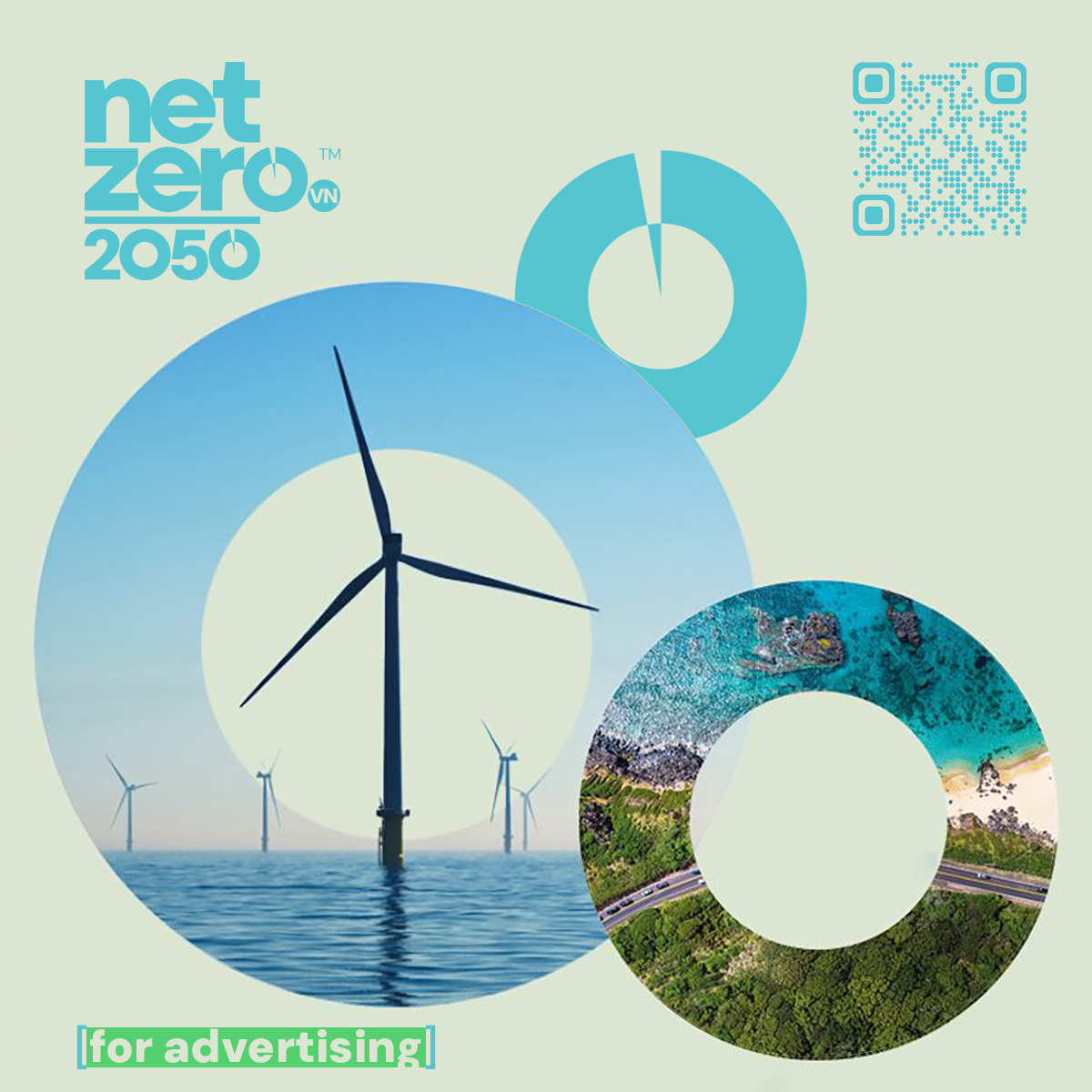
At the “Developing green destinations – elevating Vietnam tourism” forum, an event within the framework of the Hanoi VITM 2025 International Tourism Fair, chair of the Vietnam Tourism Association (VTA) Vu The Binh said: “It is the right time for tourism industry partners to collaborate and actively join the program to develop Vietnam’s green tourism, clearly defining each stakeholder’s responsibilities.”
In reality, with support from international organizations and local efforts, several green destinations in Vietnam have gained recognition.
Hoang Thuy Huong, market development director at Trang An Ecotourism Area, noted that by adhering to the ‘three-no principle’—no concretization of heritage in core areas; no motorized engines, and no interference with pristine hydrology and landscapes—Trang An has been fully preserved. Community awareness plays a key role.
“Nearly 2,000 boat rowers serve as ambassadors, spreading cultural values and green tourism awareness. Managers like us are just an extension of this interconnected ecosystem,” she said.
Thanks to this, attractions in Trang An complex lure over 80 percent of travelers to Ninh Binh, with nearly 10,000 guests daily. All rowers and operators are locals, and Trang An has cut waste by 60 percent.
Additionally, a UNDP-Vietnam Tourism Association pilot project to reduce plastic waste saw 60 businesses in Ninh Binh and Hoi An cut plastic waste by an average of 35 percent after three months.
Pham Ha, chair of Lux Group, a recently certified sustainable tourism company, said when tourists are choosing destinations, they consider genuine sustainability and emotional, experiential value.
Wealthier, high-end tourists from Europe and the US prioritize sustainability even more.
“Some travel firms think going green is costlier, but our clients are willing to pay extra, even $1-1.5 per day per person. This additional money goes into a fund, and we organize waste collection, tree planting, school construction, and clean water tank donations for ethnic communities,” Ha said.
Pham Van Bay, deputy director of Vietravel Hanoi, confirmed that some green tours may cost more due to specialized services. For instance, it takes time to organize tours for travelers to experience local culture (thorough study, local worker training, cooperation with conservation organizations). However, the price difference is justified by the unique experience.
Importantly, tourists don’t just travel; they leave a “green footprint,” contributing to positive environmental and community impacts.
Urgent need for green tourism
While cruise operators say ‘no’ to plastic waste, tourists at Ha Long Bay, a world heritage site, see “rivers” of trash and plastic bottles. Lux Group’s chair expressed deep embarrassment.
He argued that Vietnam lacks a centralized authority for managing tourism destinations. While many businesses aim for sustainability, “going green” can’t happen in isolation. A business can’t be green without a synchronized supply chain of restaurants, hotels, transport, and the destinations themselves.
He stressed that many businesses misunderstand the ‘net-zero’ concept. Vietnam needs clear metrics to measure environmental emissions accurately.
“It’s urgent. Without sustainable development, Vietnam’s tourism will be unable to compete regionally,” Ha warned.
Nguyen Thi Thu Huyen, UNDP program national coordinator, agreed, noting Vietnam’s green destinations are still weak and need collective business and community support.
Phung Quang Thang, vice chair of the Vietnam Tour Operators Association, said while observing the pilot tests of the VITA Green Tourism Criteria, experts found that businesses lacked specialized staff, experience, and funding for green transitions, with many clinging to old practices.
Experts also noted that green tourism development in Vietnam lacks cohesion. Many localities act independently, creating a fragmented approach rather than a unified system. This prompted the Vietnam Tourism Association to work on a map of green tourism destinations.
Pham Van Thuy, deputy director of the Vietnam National Tourism Administration, said the industry will call for investment in green tourism and destinations. Localities must define their responsibilities in development plans.
“The Ministry of Culture, Sports and Tourism (MCST) has issued a plan to inventory tourism sites, offering a chance for localities and businesses to develop world-class green destinations,” Thuy said.
VTA’s Binh explained that global tourism has changed a lot after Covid-19. Travelers’ approaches and preferences have become different. Price is no longer the deciding factor. Safety, health, and new experiences now take priority.
Nowadays, being green is the most important, and the environment is a matter of survival. According to Binh, in the past, green tourism was just a slogan, but now it is necessary to turn that policy into a specific product so that visitors can see, touch and feel it.
Ngoc Ha




